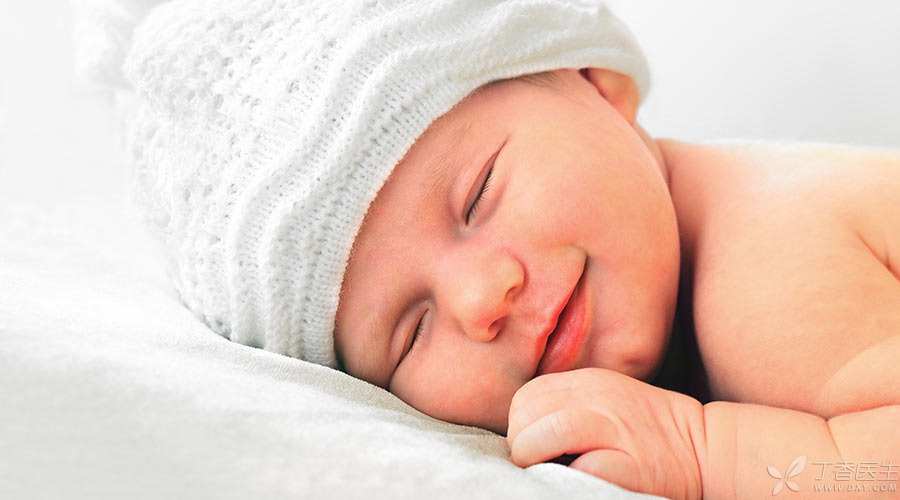
Infant eczema, commonly known as “milk tinea”, usually occurs on both cheeks, forehead, brow, scalp, etc. of infants, and in severe cases the trunk and limbs will also appear.
At the beginning, it is usually a symmetrical distribution of erythema, and then these erythema gradually appear on some small red pimples or blisters. Because accompanied by severe itching, the baby often scratches, blisters damaged, not completely scabbed, and was scratched again by the baby. So over and over again, the treasure mothers love dearly, but at a loss.
How can effectively control the onset of eczema? Here are eight suggestions.
Recommendation 1: About Clothing
Choose pure cotton, soft and loose close-fitting clothes.
Recommendation 2: On the environment
Pay attention to maintain appropriate ambient temperature and humidity, change clothes and bed sheets frequently, do not keep pets, do not lay carpets, and raise less flowers and plants.
Recommendation 3: About Pruritus
The baby will not control himself to scratch the affected part. When the nails should be cut, they still need to be cut short in time. When necessary, they can also wear small gloves and cotton socks for the baby.
If the baby’s pruritus is obvious, or accompanied by sleep disorders, allergic rhinitis, etc., you can use some antihistamines (antiallergic drugs) under the guidance of a doctor.
Recommendation 4: Breastfeeding
Breastfeeding is strongly recommended to at least avoid eczema caused by milk allergy.
Recommendation 5: About Supplementary Food
Not all infantile eczema is related to allergy, but some food allergies do induce or aggravate infantile eczema, which requires proper attention.
For breast-feeding people, the food eaten by Baoma and the baby’s supplementary food need to be carefully recorded. Once eczema and pruritus or the original symptoms worsen after the baby eats certain food, you can look through the food diary to find suspicious sensitized food.
However, if it does not cause serious allergy, it is not recommended to avoid some foods necessary for the growth of the baby, so as not to cause malnutrition of the baby.
Recommendation 6: Regarding treatment
For eczema with small area, glucocorticoid ointment can be applied externally.
Yes, it is hormone. Local topical glucocorticoid is the first-line clinical therapy for doctors. It is economical, convenient and has definite curative effect. Moreover, skin absorption is very little (generally 1% ~ 2%), system absorption is less, and short-term local use does not need to worry about the side effects of hormone.
Generally speaking, no matter what kind of hormone is used, it is recommended to use it under the guidance of a reliable doctor.
Recommendation 7: On eschar removal
The yellow scab of seborrheic eczema can be removed after softening with external vegetable oil (such as ripe tea oil, etc.) or glycerin (such as Kaisailu, etc.).
Recommendation 8: Skin Care
Seriously do a good job in baby’s skin care and rebuild skin barrier.
Step 1 Take a bath
Bathing once a day or once every other day helps to remove or reduce epidermal dirt and microorganisms.
The temperature of bath water should be appropriate, not too hot, and the water temperature should be 32 ~ 40 ℃ for 10 ~ 15 minutes at a time.
It is recommended to use low-sensitivity and non-irritating skin cleaning products. If the skin is obviously dry, reduce the number of times of use of cleaning products and try to choose cleaning products that do not contain spices.
Step 2 Moisturize
Moisturizing helps to restore the skin barrier function, so dry the skin in time after taking a bath, and apply humectant and emollient immediately.
As for the choice of humectants and emollients, there are many related products, as long as they are suitable for the baby’s own constitution, and it is best to use them at least twice a day to avoid the baby’s skin drying again due to too long an interval.
There is a point
In fact, infantile eczema is caused by the interaction of many factors. Simple infantile eczema has self-healing nature. Most of them begin to develop 1-3 months after birth, gradually decrease after 6 months, and gradually heal after 1.5 years old.
Treatment should take safe and reasonable comprehensive treatment measures on the basis of not affecting the growth and development of the baby, and should be based on local application of drugs and repair of damaged skin barrier. Therefore, skin moisturizing is particularly important!
Babies with infantile eczema must pay attention to skin moisturizing, moisturizing and moisturizing again!
